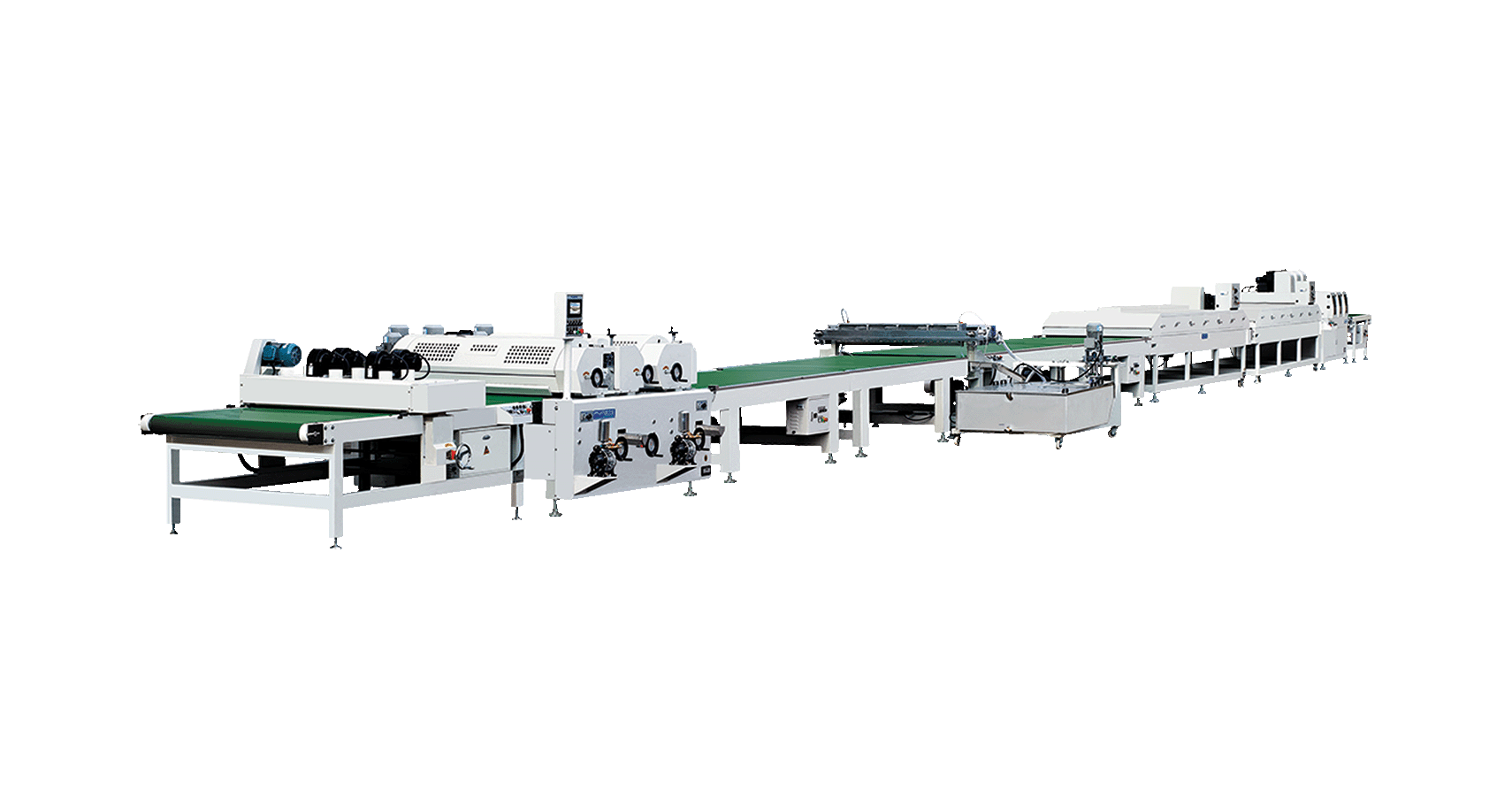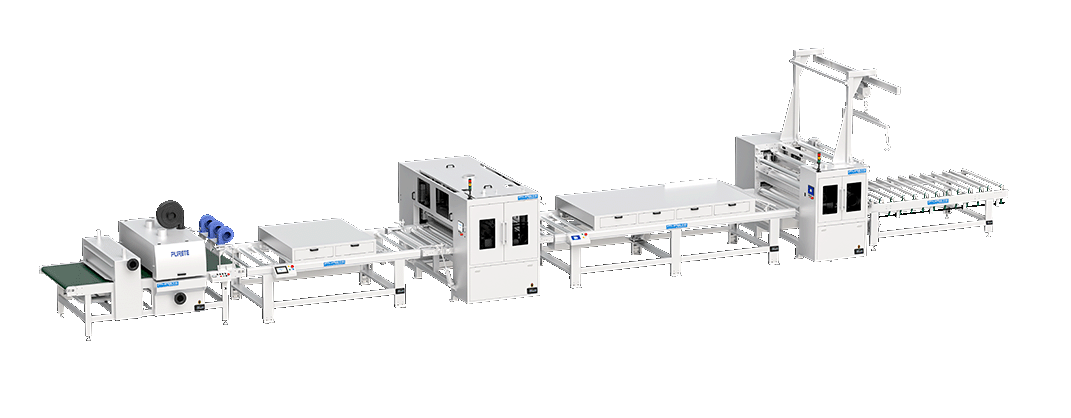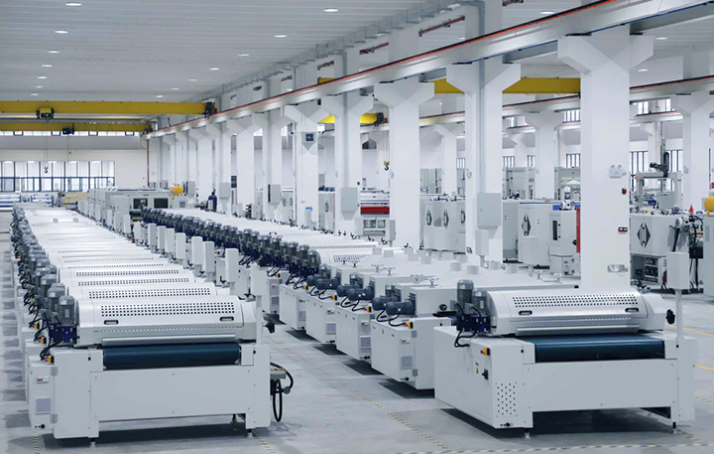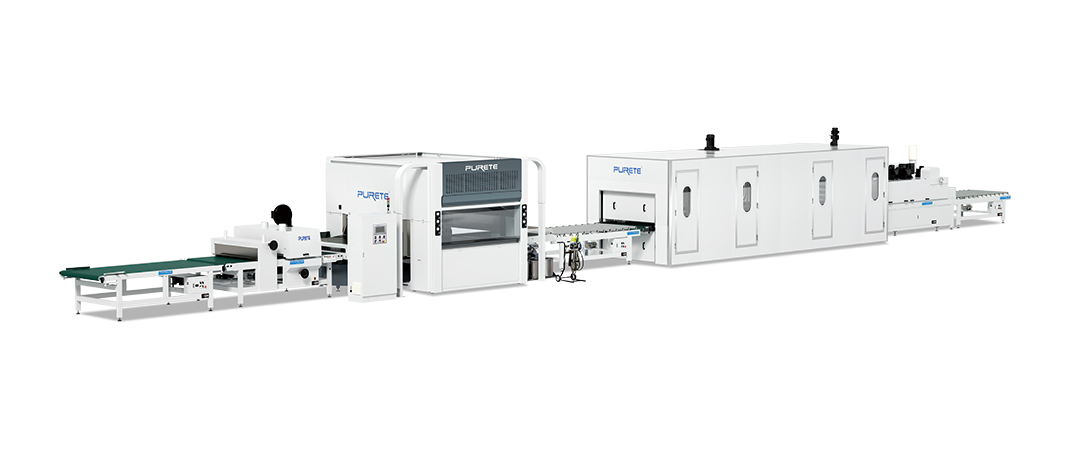Advantages of Short-Cycle Presses in Panel Processing
 May 08, 2025
May 08, 2025 Hits:820second
Hits:820secondIn the wood-based panel industry, time, quality, and efficiency are three pillars of competitiveness. As global demand for engineered wood products such as laminated particle board (LPB), medium-density fiberboard (MDF), and high-density fiberboard (HDF) continues to grow, manufacturers are under pressure to deliver high-quality products with rapid turnaround times. One of the most impactful technologies in meeting these demands is the short-cycle press.
Short-cycle presses, also known as fast-cycle laminating presses, are designed for the high-speed surface lamination of wood-based panels. They bond decorative paper or melamine-impregnated films onto panel surfaces under controlled pressure and temperature within a matter of seconds—hence the term “short-cycle.”

1. Rapid Production Cycles: Speed as a Competitive Advantage
The most significant and obvious benefit of a short-cycle press is its high-speed operation. Traditional hot presses may require several minutes to complete a pressing cycle. In contrast, short-cycle presses can complete the same process in 10 to 30 seconds, depending on the material and design.
What this means for manufacturers:
Higher output per shift, leading to better utilization of labor and machinery.
Faster order fulfillment, enabling just-in-time manufacturing.
The ability to handle large-scale production without compromising on delivery timelines.
In highly competitive markets, speed is not just a matter of convenience—it’s a key driver of profitability.
2. Consistent and High-Quality Surface Finishes
Short-cycle presses ensure excellent bonding of decorative papers or laminates to the panel surface with consistent pressure and temperature across the entire surface area. This results in a finished product that is both visually appealing and durable.
Key quality benefits include:
Smooth and uniform surface finishes, free from bubbles or wrinkles.
Strong adhesion that resists peeling, even under stress.
Heat- and scratch-resistant coatings, ideal for furniture, flooring, and cabinetry.
By maintaining tight control over process parameters, short-cycle presses deliver reliable results batch after batch, reducing rework and waste.
3. Cost-Efficiency Through Automation and Low Energy Use
Modern short-cycle press lines are highly automated and energy-efficient, which significantly reduces operational costs.
Cost-saving features:
Automated panel feeding and unloading systems reduce manual labor.
Energy-efficient heating systems lower electricity or thermal oil consumption.
Shorter warm-up and pressing times reduce overall production energy per panel.
In addition, the precision of short-cycle technology helps minimize material waste—both in substrate and decorative paper—making the process more sustainable and economical.
4. Design Versatility: Supporting a Wide Range of Decorative Options
A short-cycle press line is compatible with a broad variety of decorative papers and overlay materials, including:
Melamine-impregnated paper,
Printed or textured films,
High-gloss and matte finishes,
Wood grain or stone textures.
This flexibility allows manufacturers to offer a diverse product portfolio catering to different market segments—from affordable interior solutions to premium designer furniture.
Embossing technology can also be integrated into the pressing cycle, creating synchronized textures that match the visual grain of the printed decor paper—enhancing the tactile realism of wood or stone designs.
5. Compact Footprint and Scalable Production
Compared to continuous press systems or longer multi-day batch presses, short-cycle press lines require less space while still offering high throughput. This makes them ideal for:
Mid-sized panel producers seeking to expand their surface finishing capabilities,
Large manufacturers needing flexible supplementary lines for custom or small-batch orders.
Moreover, modular designs allow companies to scale up their operations by integrating more pressing units, feeders, stackers, or inspection systems as demand grows.
6. Environmentally Friendly Processing
Sustainability is becoming a defining factor in furniture and construction materials. Short-cycle presses help address this by:
Reducing energy consumption per panel due to shorter cycle times.
Minimizing VOC emissions, especially when using low-formaldehyde or eco-certified laminates.
Supporting zero-waste goals with highly efficient use of laminates and substrates.
In addition, some advanced models come with heat recovery systems and eco-mode settings to further lower environmental impact.
A Smart Investment for Panel Manufacturers
Short-cycle press technology represents a smart, forward-looking investment for manufacturers of wood-based panels. It combines speed, precision, cost-efficiency, and design flexibility, all while supporting sustainable production goals. In a world where customization, lead time, and product quality are increasingly vital to business success, adopting short-cycle presses enables companies to remain competitive and responsive to market needs.
Whether you're a large-scale producer looking to boost output or a growing company aiming to diversify product lines, integrating short-cycle press technology into your production strategy can significantly elevate your capabilities and profitability.














